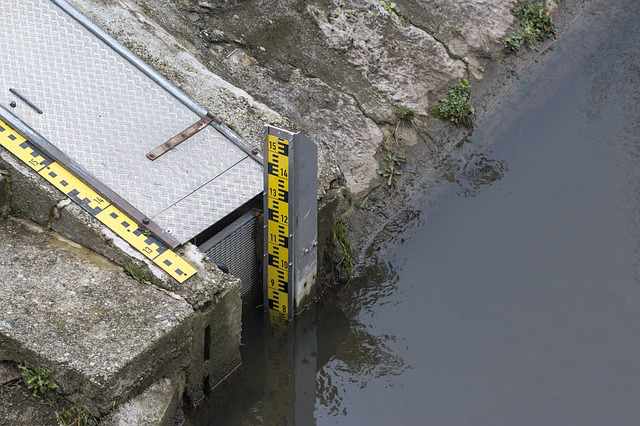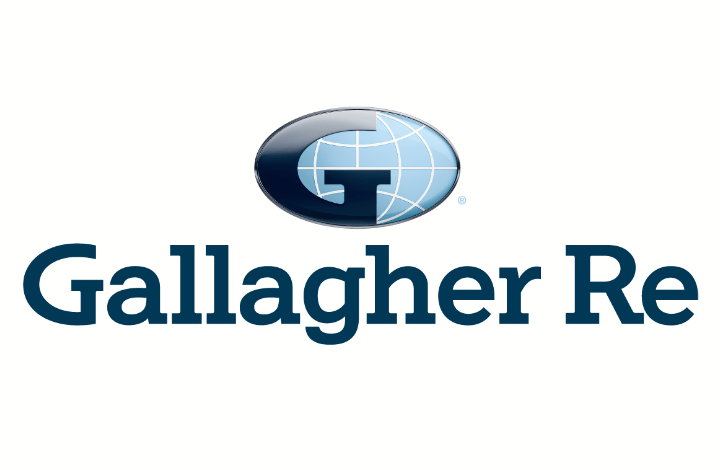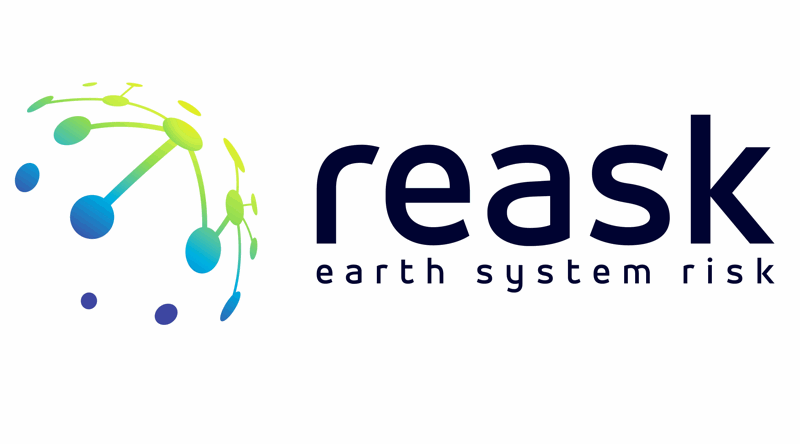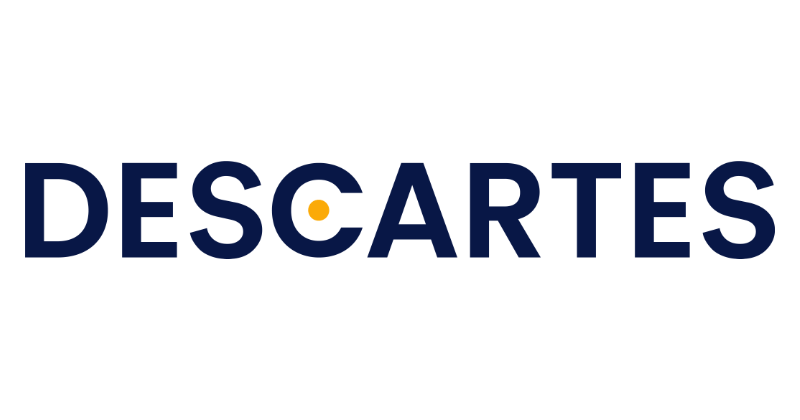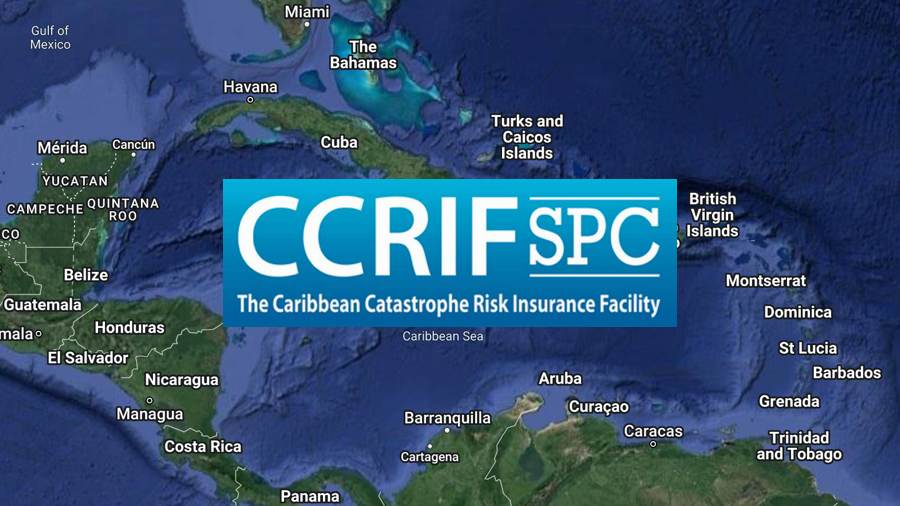This content is copyright to www.artemis.bm and should not appear anywhere else, or an infringement has occurred.
Parametrix, a specialist in parametric cloud downtime cyber risk transfer, has confirmed that it has already paid claims to clients that were impacted by the Amazon Web Services (AWS) outage on October 20, 2025.
 Such prompt payments have allowed affected businesses to recover quickly from the event.
Such prompt payments have allowed affected businesses to recover quickly from the event.
The AWS outage on Monday October 20, which originated in the largest AWS cloud region, unfolded across two phases.
The first disrupted a number of core services, such as EC2, Lambda, and API Gateway, while the second affected autoscaling and new-instance creation.
Parametrix particularly highlighted how this two-phase structure made the outage especially complex, with impacts varying depending on an organisation’s architecture and reliance on dynamic infrastructure scaling.
Thousands of companies were affected by the outage, with impacts varying from an inability to conduct business, as certain services dependent on Amazon AWS were unavailable, to less severe effects where internet users found thousands of popular websites lost features for a certain period of time.
On October 22, Parametrix explained to Artemis that the outage may have caused billions in lost opportunity and downtime for technology and internet services across the globe.
The company also told us that the event could trigger some cyber insurance policies but emphasised that it was not significant enough to be considered a Catastrophic Event.
On October 24, 2025, specialist cyber risk modeller CyberCube estimated a preliminary loss range of $38 million to $581 million for the AWS outage.
This shortly followed the release of the firm’s Security Incident Report (SIR) for the event, which estimated the potential impact on the re/insurance sector as moderate.
In that same report, the firm also said that outage highlights the systemic risk from concentrated cloud-provider dependencies and underscores the exposure of digital ecosystems to a single cloud region/critical service failure.
Moreover, Parametrix confirmed that it provided its insurer partners with a clear, data-driven breakdown of the outage within hours of its conclusion.
Customers that were affected by the outage were quickly identified, and their exposure levels estimated.
Parametrix explained that this real-time transparency ensured all stakeholders had full situational awareness and confidence in the measured financial impact of the outage.
The company also informed brokers of impacted client policies within 24 hours, allowing them to immediately circulate Declaration of Loss requests to their claimants.
“Once loss confirmation had been returned to Parametrix, claims payment commences for completion within two weeks, ensuring rapid liquidity and business continuity following the disruption,” Parametrix said.
Shay Simkin, Global Chair of Howden Cyber, commented: “The speed and clarity of Parametrix’s response to the AWS outage have been exceptional. The process was straightforward, and our clients immediately understood what was covered and the amount to be paid. They appreciate the simplicity and efficiency, receiving confirmation and payment within days.”
Ori Cohen, COO of Parametrix, said: “At Parametrix, everything begins with our clients. When disruptions happen, they shouldn’t be left waiting for answers or compensation. We work hand-inhand with our insurers and brokers to provide full transparency from the moment an event begins. Our parametric model ensures that clients have the funds they need to recover quickly and confidently.”
Parametrix pays claims swiftly after AWS outage triggers parametric policies was published by: www.Artemis.bm
Our catastrophe bond deal directory
Sign up for our free weekly email newsletter here.
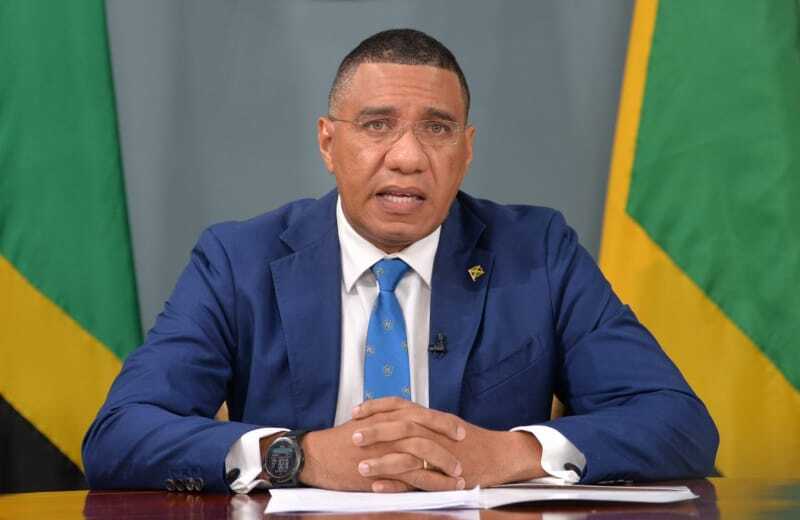 According to estimates from the World Bank Group, in coordination with the Inter-American Development Bank (IDB), the physical damage to Jamaica caused by Hurricane Melissa totals US$8.8 billion, which is equivalent to 41% percent of the country’s 2024 GDP, making it the costliest hurricane recorded in Jamaica’s history.
According to estimates from the World Bank Group, in coordination with the Inter-American Development Bank (IDB), the physical damage to Jamaica caused by Hurricane Melissa totals US$8.8 billion, which is equivalent to 41% percent of the country’s 2024 GDP, making it the costliest hurricane recorded in Jamaica’s history.